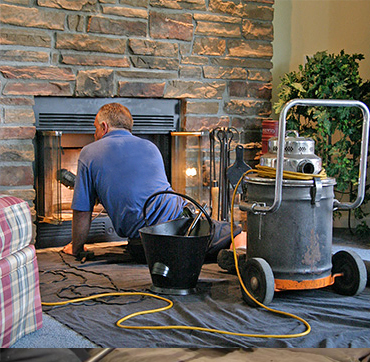
Incomplete Combustion18 Jul 2012
During a combustion process, hydrogen and carbon atoms of the gas come in contact with the oxygen atoms. Heat is introduced to the mixture, increasing the molecular speed of the gas and oxygen molecules. The speed causes the molecules to collide with enough energy to break old bonds and create new ones. Molecules then release additional heat, resulting in a self-sustained combustion. Carbon dioxide (CO2) and water vapor (H2O) are new products produced.
Incomplete combustion is due to inadequate oxygen in the air-to-fuel mixture. This can be caused by one or all of the following.
- An inadequate primary air setting.
- Cooling of the flame by the flame contacting the log
- Inadequate secondary air due to poor venting resulting from a blockage in the venting system or an inadequate amount of air in the room.
- Or, lack of heat due to flame impingement.
The results of incomplete combustion can include poor equipment performance, sooting, and carbon monoxide production, which can be life-threatening.
Carbon monoxide is odorless, colorless, tasteless, toxic, and combustion-able at high temperatures. It mixes with the blood and reduces its ability to carry oxygen to the tissues and organs of the body. Symptoms include nausea, dizziness, flu-like symptoms, and chronic fatigue. The CO2 concentration and your health and age determine the effects. High levels of CO2 can lead to brain damage, organ failure, and death.
Aldehydes are also produced from incomplete combustion. This can occur from flame impingement and contaminated air (lint, dust, hair). The result is a strong, pungent odor. If aldehydes are detected, you can also be sure that CO is present. Please note that CO can be present without aldehydes.
